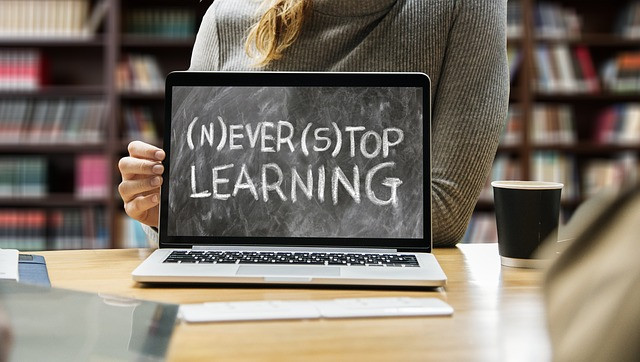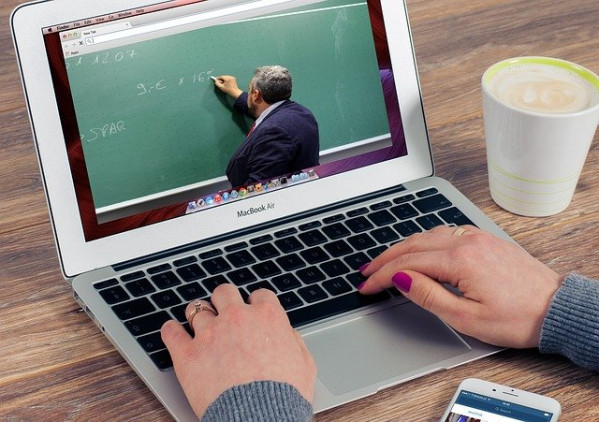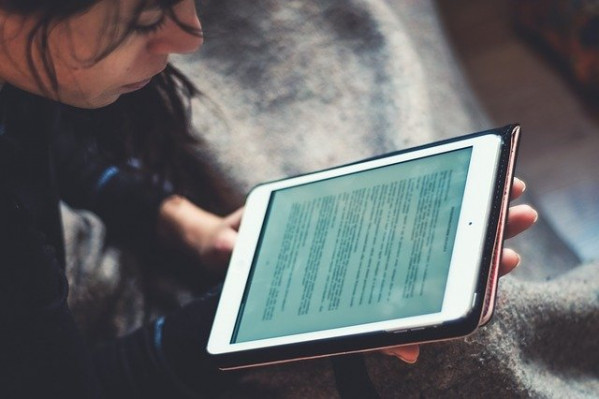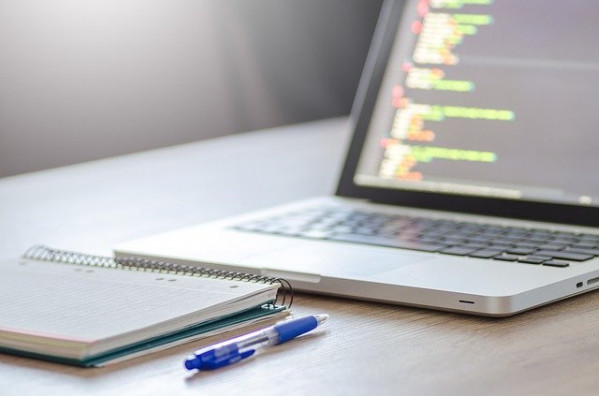One major impact from the spread of coronavirus has been the closure of schools. In-person classes have therefore been replaced by various digital platforms, in almost all countries around the world.
These platforms existed well before the crisis and were already used in various contexts. Nevertheless, the challenge posed by the lockdown was to expand them across all teaching staff and students at record speed.
This sudden migration to online learning is what we now call Corona Teaching: a syndrome characterised by this rapid change's effects on teachers and students. Let's try to decipher major challenges, methods and best practices.
How has education been affected by the coronavirus so far?
Soon after the virus spread, schools and universities closed their doors and shifted to online platforms. Upon closer inspection, what was the real impact of the coronavirus on education?
Delays encountered
The first impact of Corona Teaching was to significantly delay the holding of major exams and admissions tests for institutions of higher education. For the sake of “not harming the candidates” (according to a press release from the Minister of Education on March 15, 2020), some schools chose to cancel or postpone these exams until the next school year. Others have instead considered extending the school year because of the cumulative delays.
This was mainly due to the adjustment time required for teachers to adapt to new online platforms and to migrate their teaching materials there. They needed to learn how to use digital tools. They also needed to figure out how to convert practical educational content, or courses based on interactions between teachers and students, onto these new platforms. In practice, most teachers and students adapted to the situation by doing their best.






